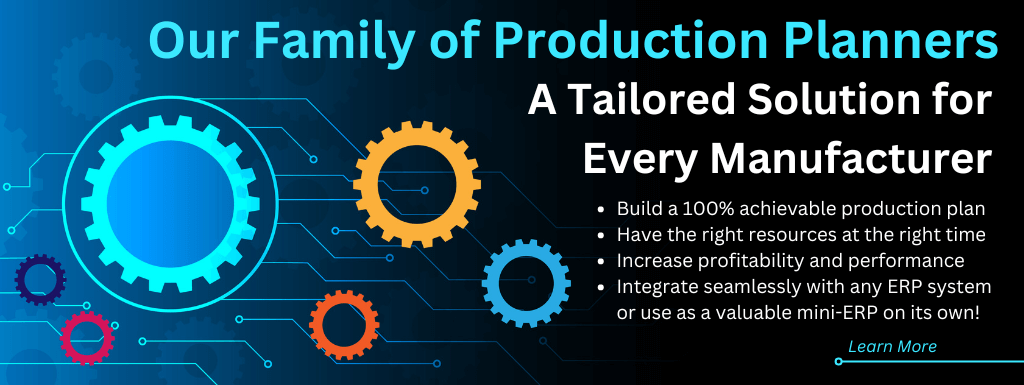
|
||||||||||||||||||||||||||||||||||||||||||||||||||||||||||
|
||||||||||||||||||||||||||||||||||||||||||||||||||||||||||
|
32 Soft’s Data Loaders work on premise, on cloud and with all QAD versions QAD users can manage large datasets in QAD more quickly, surely and safely with Data Loaders. They require little training and implementation, and no IT supervision is required. And, they allow customization to QAD data without the cost and maintenance of directly customizing QAD. Find out more about what makes Data Loaders the perfect solution for QAD data management! Browse a list of Data Loaders for SE and Data Loaders for EE. Or you can browse by category below.
|
|
|||||||||||||||||||||||||||||||||||||||||||||||||||||||||













